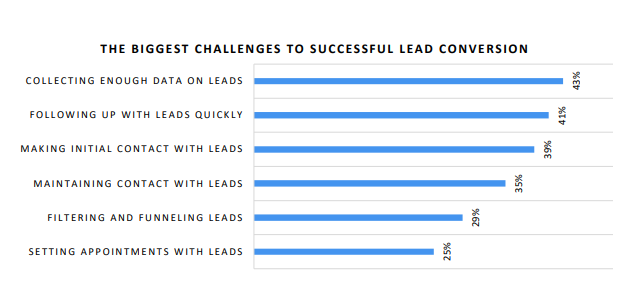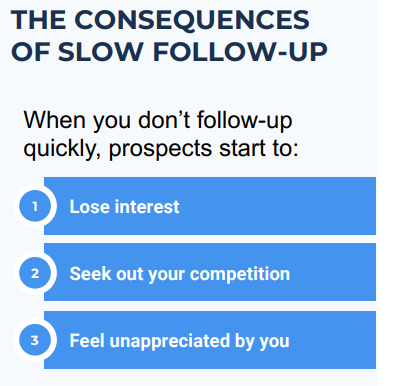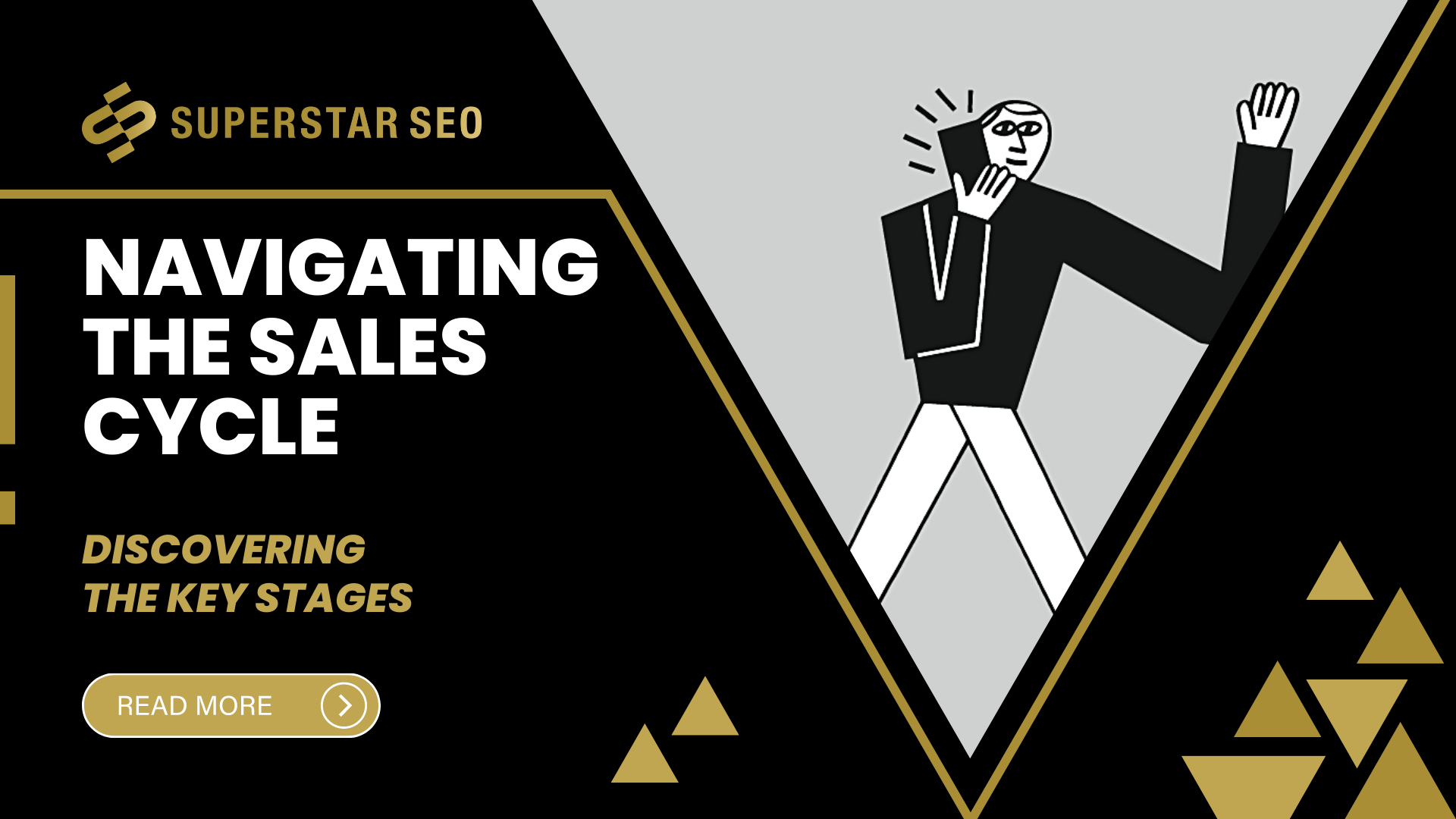Navigating the Sales Cycle: Discovering the Key Stages
What is a sales cycle, and why should you care?
Sales cycle definition — When it comes to sales, a sales cycle is the process you go through from start to finish.
It’s the path you take from identifying a potential buyer to closing the deal.
Understanding the sales cycle is important, as it can help you plan for and track progress.
You need to identify which stage of the sales cycle you’re in and understand what needs to be done to move to the next stage.
You also need to track your progress to make sure you’re on track and making the right decisions.

Having a good understanding of the sales cycle can help you make better decisions, be more efficient and maximize your sales.
In this blog, we’ll take a look at the main sales cycle stages.
Let’s explore what they are, how they’re connected, and how they fit into the overall sales process.
What Are the Main Sales Cycle Stages?
1. Identify Your Leads
This is an imperative step in the sales cycle, and it helps you identify potential buyers who are likely to be interested in your products or services.
So, identify those companies and people who are a good fit for what you are offering (services or products), then turn them into prospects.
You can get leads from existing customer referrals. Research shows 67% of customer referral leads are the highest quality leads sales professionals work with.
Did you know that over 79% of leads do not convert into sales?

2. Connect With Them
It’s during this stage that you get to know them better and determine their current needs.
You can do this by having conversations with them and meeting with them in person.
Once you have determined their needs, you can introduce your business and its value.
Explain how your products and services can help them achieve their goals.
Be sure to include customer reviews and case studies to help illustrate the success of your solutions.
3. Gain More Insight
Do you know your lead’s problems? Do you have a good understanding of their goals and challenges?
If not, you could be missing out on a valuable opportunity to gain insight and make progress in your sales process. Researching your prospects is an important step in the sales process.
It can give you a better understanding of their needs and preferences and provide you with the knowledge necessary to craft a successful sales pitch.
The best way to gain insight into their problems is to talk to them directly.
Ask them questions about their business, their goals and challenges, and what they’re looking for in a product or service. Make sure you listen closely and take detailed notes.
However, you can use other sources for data collection.
Research shows that 9 out of 10 companies use more than two sources of contact data to learn more about prospects.
4. Proposing a Solution
When it comes to presenting your solution, it’s important to be clear and concise.
Describe the features and benefits of your product or service in simple terms, and explain how they meet the needs of your prospects.
Be sure to highlight the unique features of your product or service, and make sure to explain why it is the best solution.
5. Acknowledge Their Challenges
You should also be prepared to answer any questions your prospects may have.
Be sure to have an answer to any potential objections they may have, and be prepared to explain the value of your product or service.
Don’t be afraid to ask questions yourself, to better understand their needs and ensure you propose the best solution.
However, make sure to listen intently to their concerns, understand their pain points, and acknowledge their challenges.
6. Close and Follow Up
The negotiation process is a key part of closing a sale.
It’s important to have a clear understanding of your customer’s needs and wants so that you can come to an agreement that works for both parties.
You should also be open to discussing any potential risks and rewards associated with the deal so that everyone is on the same page.

Once an agreement has been reached, it’s time to signal to your customer that you are ready to move forward. This can be done through a formal contract or simply a verbal agreement.
After closing the deal, regular communication is essential to ensure that your customer is kept up-to-date on your progress and that you are delivering the results they expect.
Keep in mind that a whooping 41% of companies struggle to follow up with leads.
Wrapping Up
The main sales cycle stages involve identifying your leads, connecting with them, gaining more insight, proposing a solution, acknowledging their challenges, and closing and following up.
By understanding and following these steps, you can effectively engage potential customers and guide them through the sales cycle.





